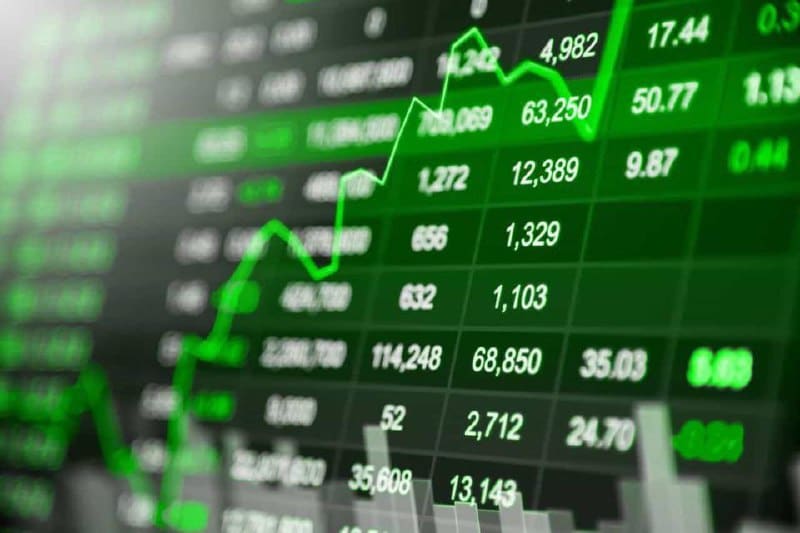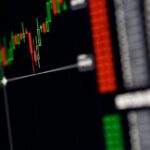Renowned market watcher and founder of Yardeni Research, Ed Yardeni, believes that inflation is diminishing, the Federal Reserve has concluded its interest rate hikes, and propelled by the rapid advancement of AI, stocks are poised for significant growth.
Yardeni envisions the S&P 500 surging by almost 30% to reach 6,000 by 2025.
The S&P 500, for that matter, has delivered an average annual return of approximately 10% to investors since its establishment in 1957. These figures were significantly influenced by the substantial increase in share prices following the Global Financial Crisis and the pandemic, during periods when interest rates were maintained near zero to support economic stimulus.
However, Yardeni indicated that he is increasingly inclined to envision a “roaring 2020s scenario,” characterized by surges in productivity and global improvements in living standards due to rapid technological innovation, as reported by Fortune on December 11.
Surprisingly accurate predictions
In early October, the S&P 500 experienced a 7% correction from its peak of 4,588 in late July. Although the blue-chip index remained more than 10% higher for the year, the retreat prompted bearish analysts, who had forecasted a challenging year for stocks amid rising interest rates, to resurface.
Subsequently, Yardeni made a contrarian prediction, asserting that the S&P 500 would dip below its 200-day moving average of 4,200 in October, only to rebound with a “Santa Claus rally” reaching 4,600 by the year’s end.
The foresight in the forecast was strikingly accurate. On October 27, the S&P 500 dropped to 4,117, precisely as Yardeni had predicted. Subsequently, his anticipated Santa Claus Rally materialized, with stocks soaring to over 4,600, driven by robust earnings outcomes and a decline in inflation.
Arguments for the forecasted stock value surge
Primarily, Yardeni highlighted that lower-than-expected inflation could potentially sustain the upward trajectory of stocks in 2024. High costs have impeded businesses and tempered consumer spending in recent years, but there’s a prospect for change in 2024.
Inflation peaked at over 9% in June 2022 and receded to just 3.2% in October. The forthcoming inflation data for November might show an even lower figure, influenced by declining gasoline and rent prices, as per data gathered from Trading Economics on December 12.

Declining inflation implies a drop in interest rates, and Yardeni believes this should benefit the markets. The ascent in rates has posed growing challenges for borrowing costs among numerous U.S. firms in 2023, but relief may be on the horizon.
Yardeni is optimistic that, after years of adopting a conservative stance, Federal Reserve Chair Jerome Powell is poised for a more accommodative approach—hinting at the possibility of impending rate cuts. Powell is set to address the public following the Federal Open Market Committee (FOMC) meeting scheduled for December 13.

Finally, Yardeni has contended throughout this year that the debut of OpenAI‘s ChatGPT in November 2022 could be the catalyst for the “Roaring 2020s.” He envisions an era where AI will enhance productivity, reduce expenses, and elevate living standards worldwide—a perspective diverging sharply from some on Wall Street who consider the excitement around AI to be exaggerated.
Moreover, it’s not limited to AI; Yardeni anticipates that technological advancements in robotics, gene-editing, and quantum computing will play pivotal roles in ushering in a new era of global economic growth this decade.







